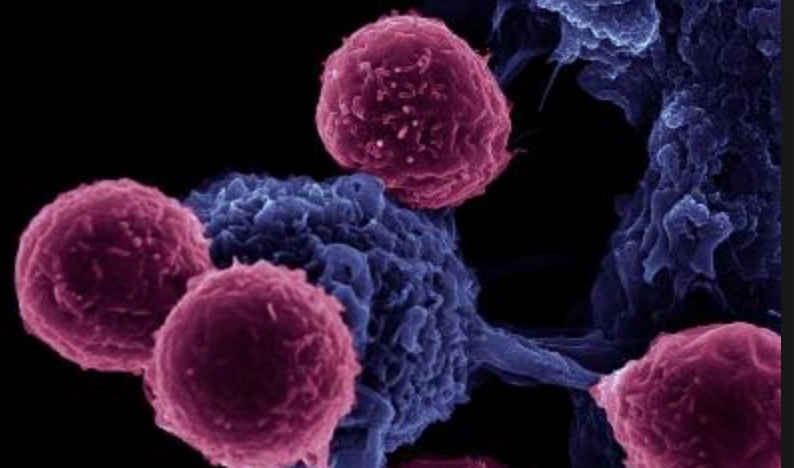Italian investigators showed that HHV-6A and -6B infection of natural killer cells have a remarkable effect on the expression of miRNAs and transcription factors, which in turn control natural killer cell development, maturation and function.
To characterize the effects of HHV-6 infection on NK cells, investigators at the University of Ferrara added HHV-6A and 6B to natural killer (NK-92) cells and observed a strong virus-specific modulation of the cells’ microRNA (miRNA) expression and transcription factors. The changes that each virus induced, however, differed. Both HHV-6A and HHV-6B established lytic replication in the NK cells, resulting in cellular damage, reduced clustering efficiency, and a slight decrease in infected cells over time.
In total, the expression of 23 miRNAs was significantly altered at one or more timepoints, and 13 were modulated more than fourfold. Both viruses upregulated miR-301a, miR-548e, and miR-101, and downregulated miR-let-7c, miR-340, and miR-23 at various timepoints. Other miRNAs varied by HHV-6 species; HHV-6A induced early upregulation of miR-590, miR-15a, miR-21, sustained upregulation of miR-29b, miR-101, miR-301a, miR-548e, and late upregulation of miR-340 and miR-381, while HHV-6B upregulated miR-301b and miR-548e but down-regulated miR-590 and miR-15a. Individual assays identified 4 additional miRNAs that were altered. During infection by both viruses, miR-155 and miR-181 were significantly downregulated, and miR-146 and miR-223 were significantly upregulated. These patterns of modulation differed from those reported for HHV-6A/B infected T cells (Caselli 2017).
Furthermore, the expression of over 30 transcription factors was significantly altered, especially at late timepoints. As in the case of miRNAs, some transcription factors were modulated in the same manner by both viruses, while others were up- or downregulated by only one virus. At one day post infection, HHV-6A was primarily downregulating transcription factors (4 transcription factors) while HHV-6B had a strongly up-regulating effect, increasing expression of 4 transcription factors and decreasing the expression of only one.
In contrast to HHV-6A, HHV-6B has shown a limited ability to productively infect cytotoxic effector cells, including NK cells. Still, HHV-6B infection of SupT1 cells was recently shown to downregulate activating NK cell ligands, thereby limiting the ability of NK cells to recognize and target infected cells (Schmiedel 2016).
The distinct ways in which HHV-6A and 6B are able to affect NK cell functions are likely vital for evasion of the immune system, but it is probable that the changes in cellular expression have effects that reach beyond the establishment of latency. The miRNAs and transcription factors that were modulated by HHV-6A/B had effects on NK cell activity, but also on cytokines, regulation of the inflammatory response, cell cycle regulation, and signaling pathways. Moreover, several have been linked in some degree to autoimmunity.
Read the full paper here: Rizzo 2017.

